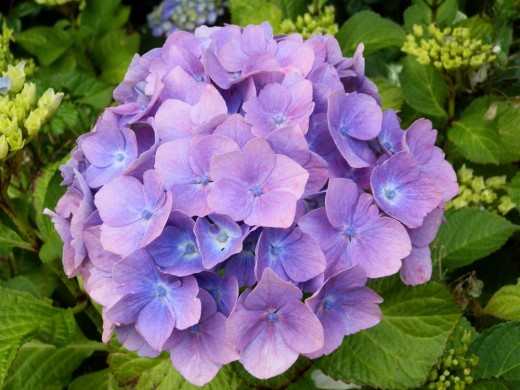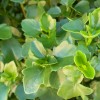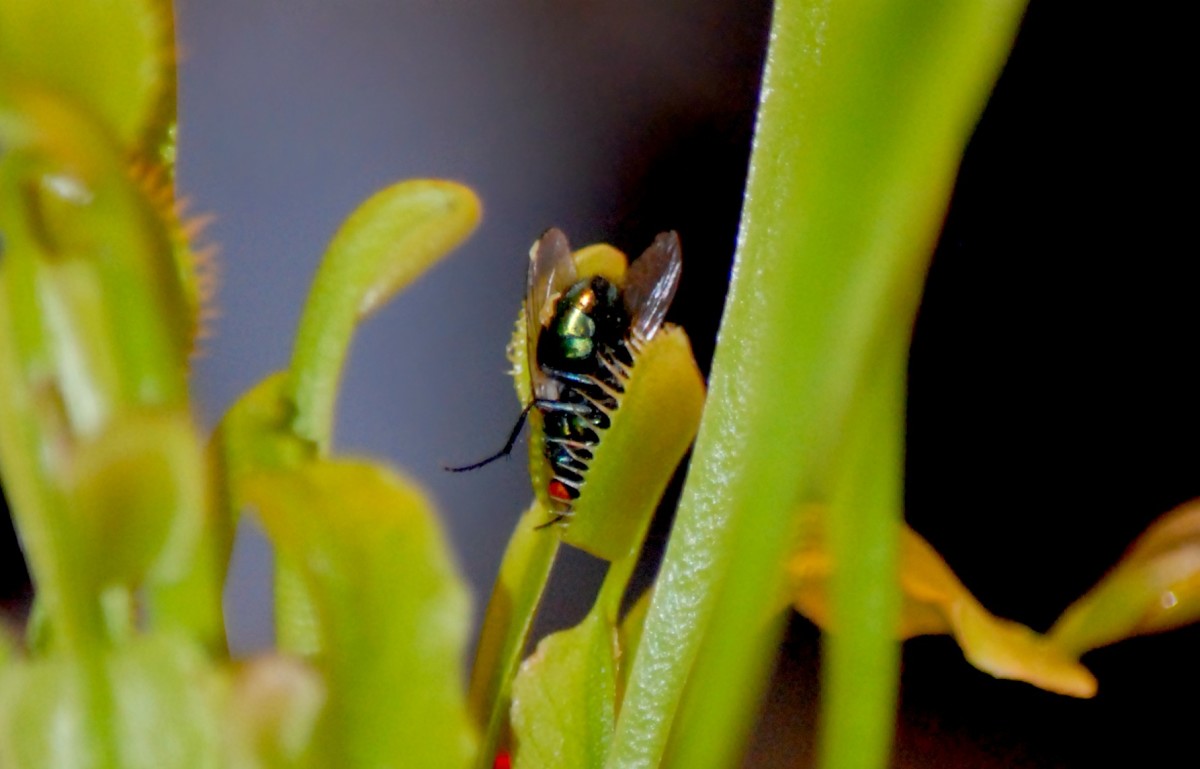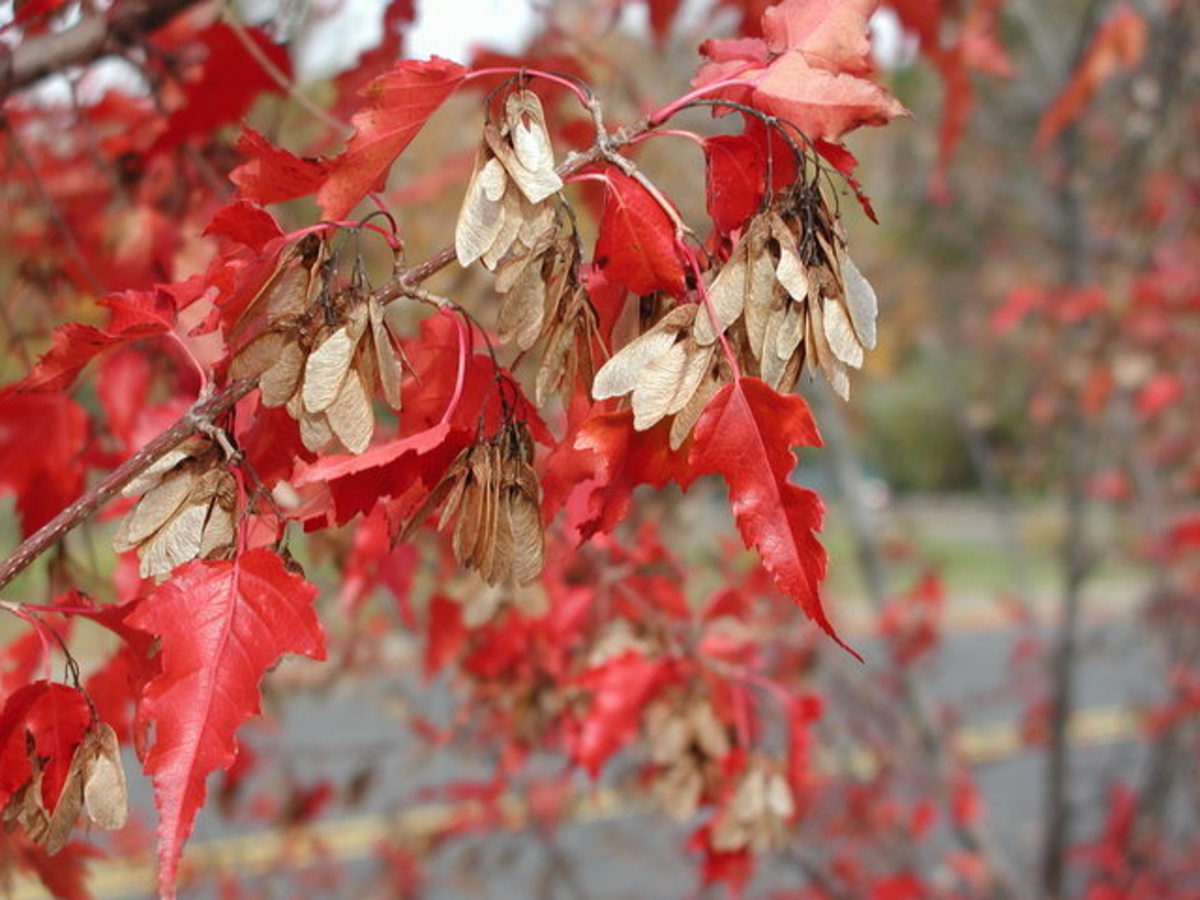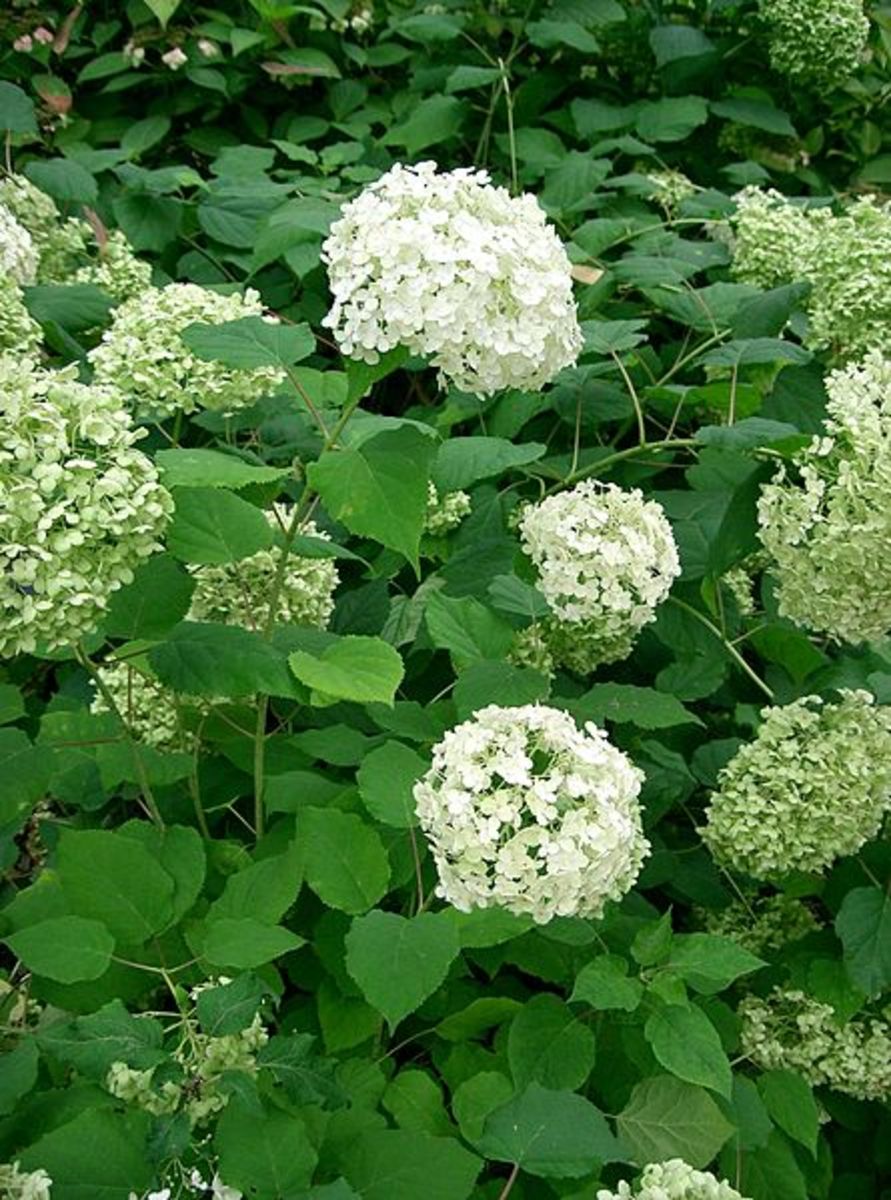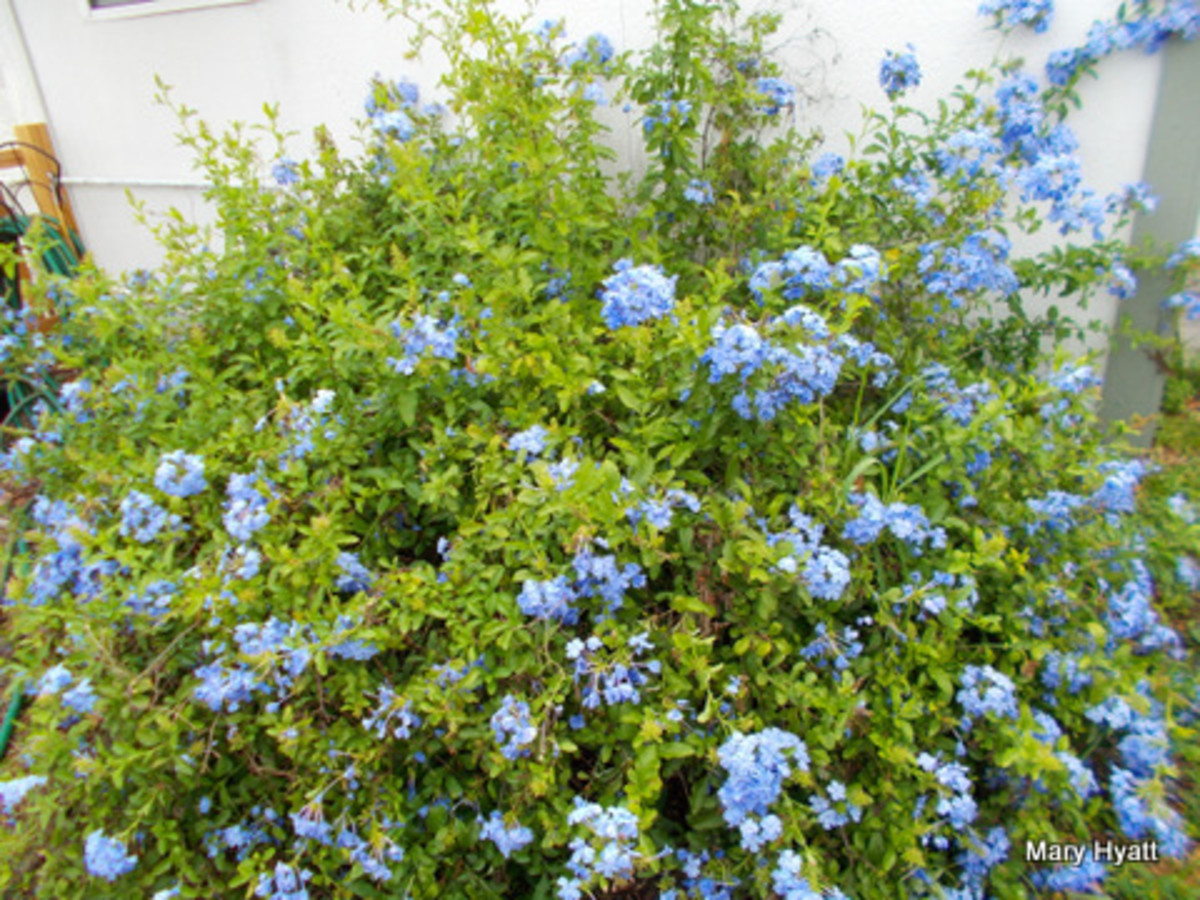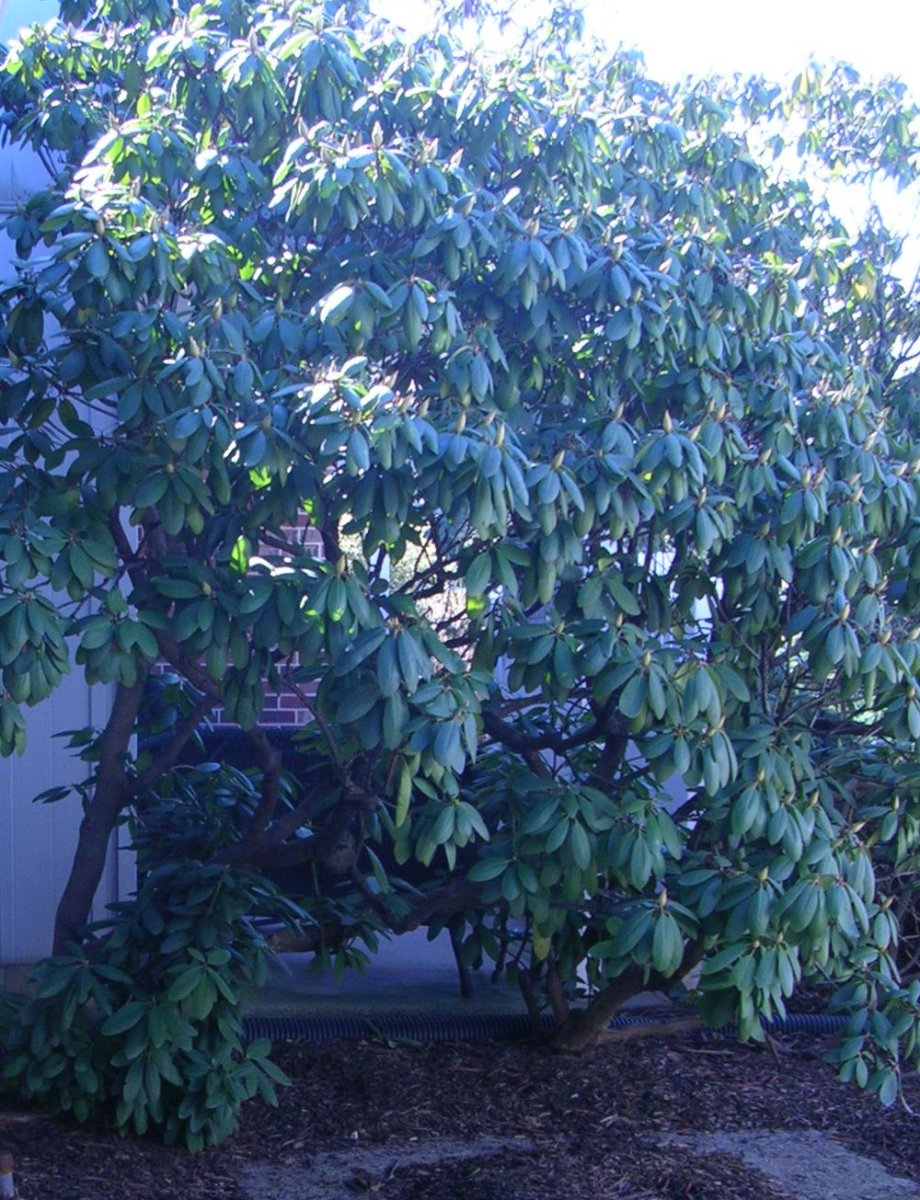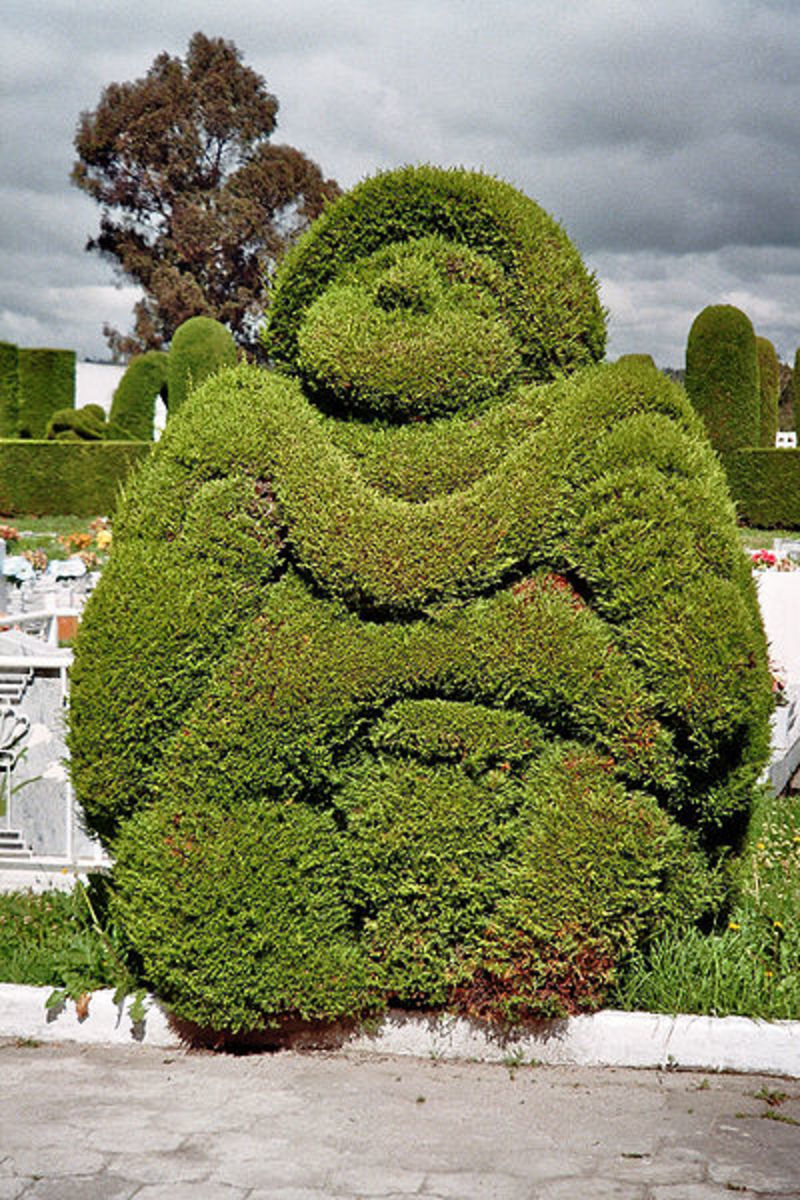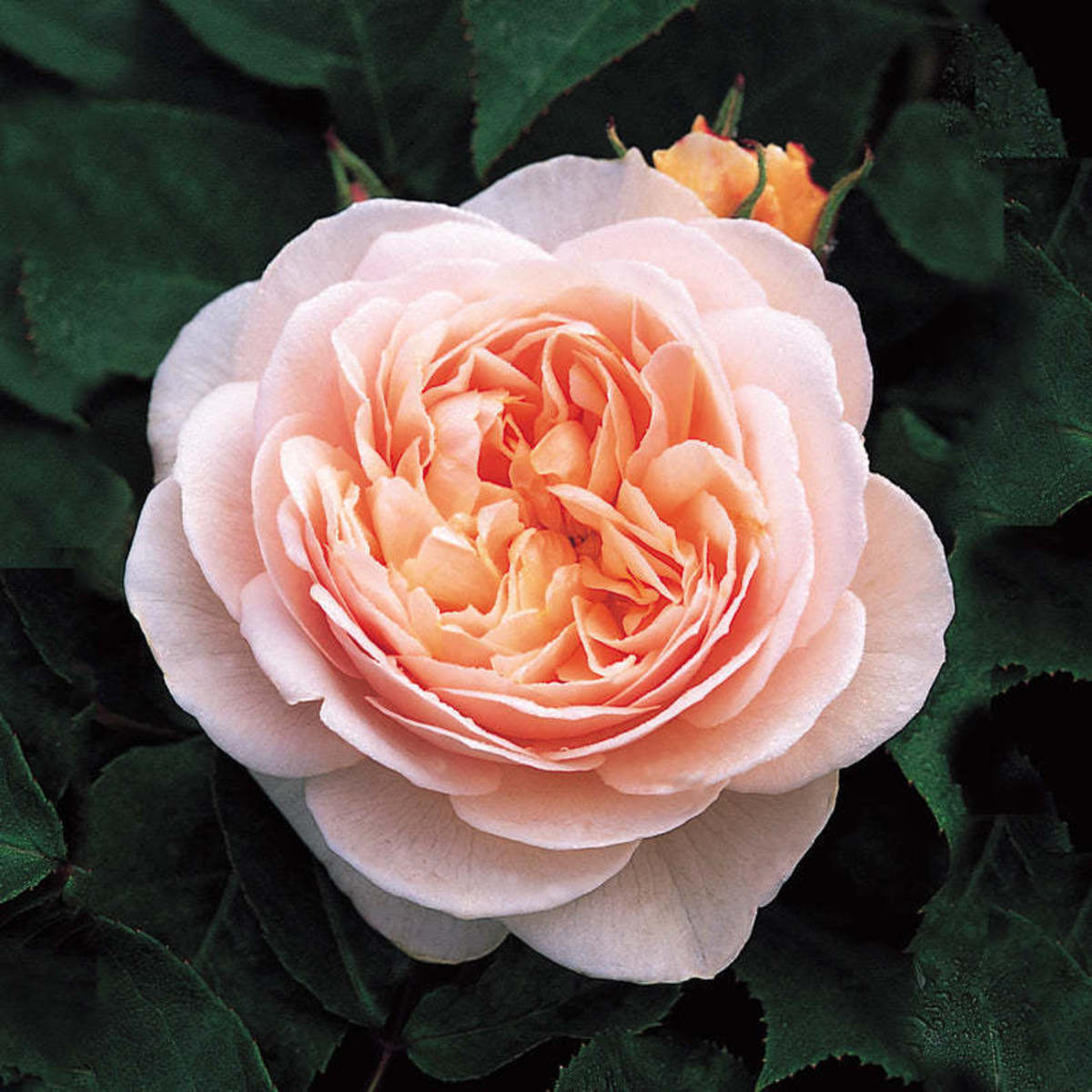How to Grow Blue Hydrangeas
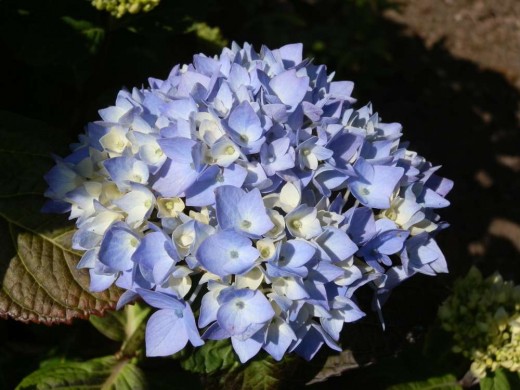
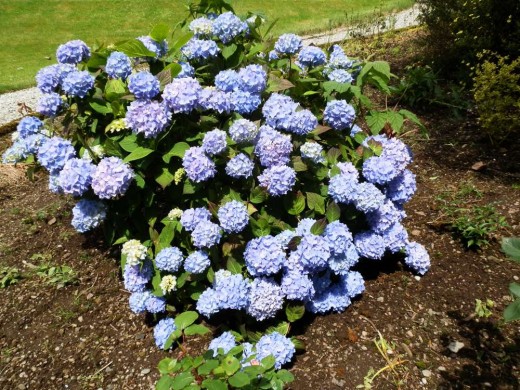
The flowers of bushes of Hydrangreas are usually displayed in glorious shades of pink, but occasionally you will have seen blue flowers and thought them to be special.
So you went out and bought a plant that promised blue flowers, but they grew in pink?
What went wrong?
How can you grow blue hydrangeas?
This is one of the few plants whose flower color is directly affected by the soil in which it grows. The acidity or alkalinity of the soil affects the flower color.
If you want blue hydrangeas, then you have to grow them in acid soil.
if you are not sure of the pH level of the soil in your garden, then you should buy a pH meter or test in order to find out.
If you are planning to grow your hydrangea in pots, then you will have to plant it in a special acid compost, one that has a pH reading of between 5.5 and 6.5.
Hydrangeas grow best in USDA zones 7 - 9. Excessive heat and cold will kill this bush, and if your zonal temperatures fall outside of this range, your hydrangea will be happier grown in pots.
Equally, excessive heat will also kill hydrangeas, and are better grown in pots and watered frequently in zones 9 and above.
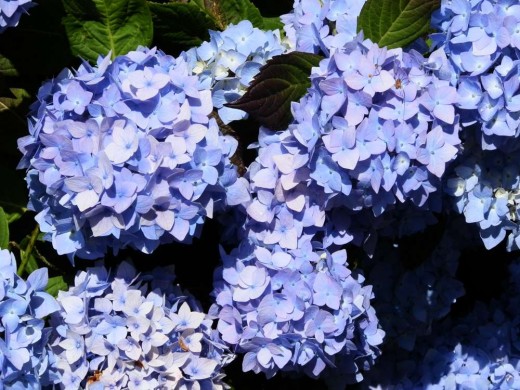
How to make my soil acidic?
If your soil is very alkaline, then it is better not to try.
Every rain shower will wash away whatever you have added to the soil, and your hydrangea will not thrive.
Instead, grow your plant in a large pot, with special ericaceous compost designed for acid-loving plants.
Neutral or mildly alkaline soil can be controlled especially for the growing of blue hydrangeas.
Add the following to the soil around the base of the plant:
- coffee grinds
- aluminium sulfate
- iron sulfate
- elemental sulfate
- ammonium sulfate
- sphagnum peat
- rotted vegetable peeling and other organic matter
- grass clippings
This is an ongoing process.
You will need to add acidifiers to the soil around the base of the plant at regular intervals throughout the growing season.
There is a product on the market to make the job of turning alkaline soil acidic and it is simply called 'garden sulfur' and should be applied as suggested on the packet.
A good rule of thumb is ½oz (1Tbsp) per gallon of water, but more is required to heavy clay soils than is required for lighter, sandy soils.
It is important to note that soil acidifers are best not added to very young plants less than 2 or 3 years old as they need established roots in order to uptake the aluminium.
Not all hydrangeas can be turned blue.
White varieties will stay white, and many pinks are bred to stay pink, no matter the acidity of the soil.
